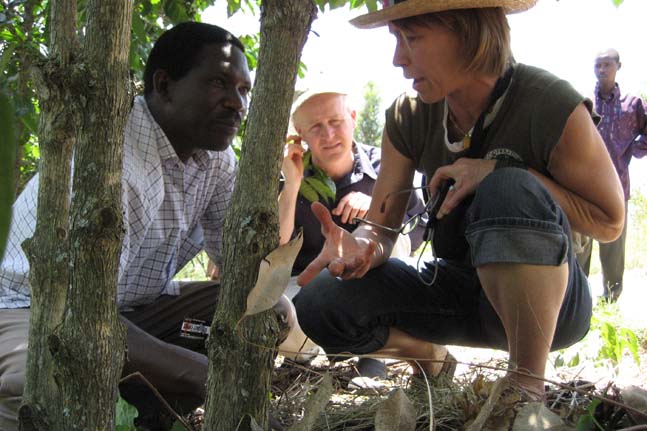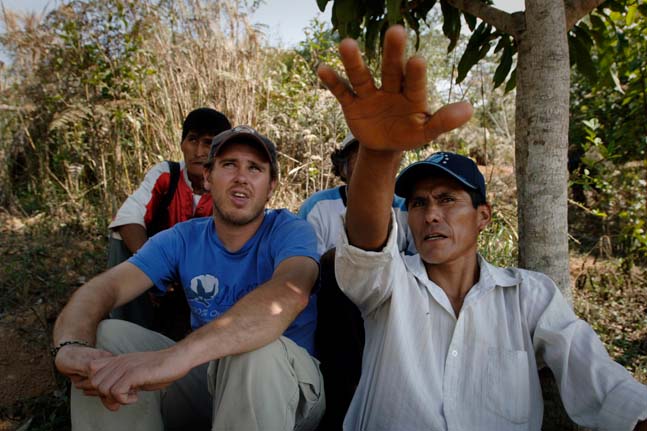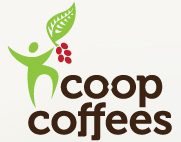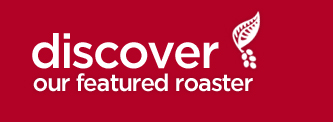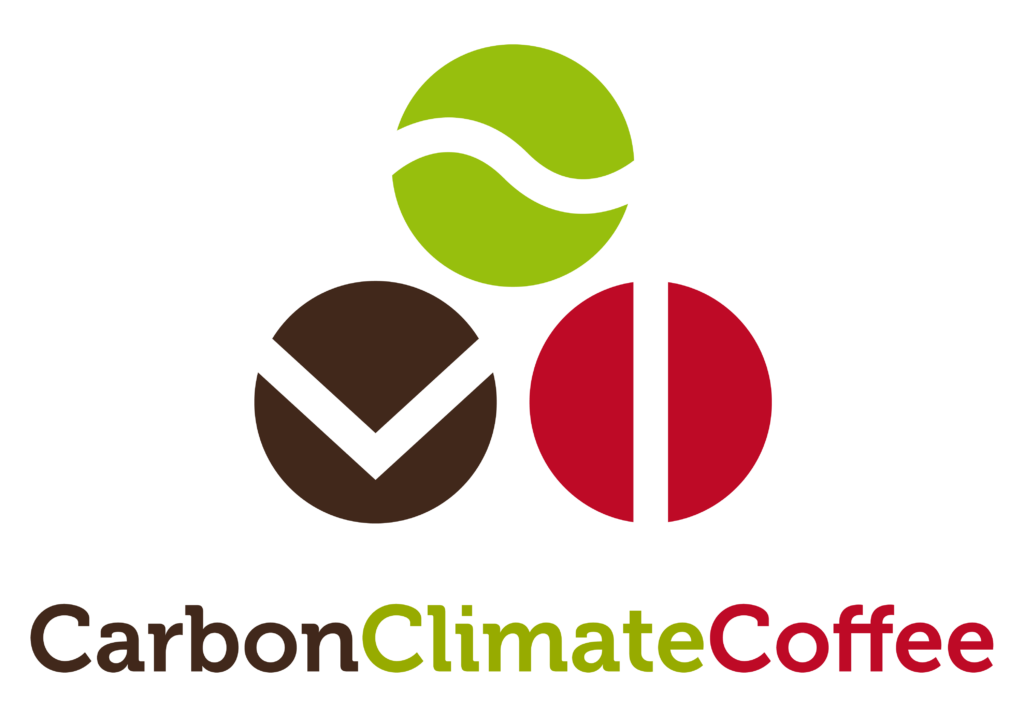A Short History of Fair Trade
Fair trade principles have deep roots in European societies long before the first structured alternative trading organizations (ATOs) emerged following World War II. Many of the fundamental concepts behind fair trade actually show a great resemblance with pre-capitalist ideas about the organization of the economy and society.
The notion of the ‘old moral economy’ is a fitting example of such conceptions. E. P. Thompson, in his work on 18th century England, described a society where “notions of common well being, often supported by paternalistic traditional authorities, imposed some limits on the free operations of the market”.[1] Farmers were then not allowed to manipulate prices by withholding their products to wait for price increases. The actions of the middlemen were always considered legally suspect, were severely restricted and the poor were provided opportunities to buy basic staple foods in small parcels. Fair trade was already seen as a way to address market failures; although the concept mainly revolved around consumer, rather than producer, rights.[1]
In 1827 in Philadelphia, Pennsylvania, a moral and economic boycott of slave-derived goods began with the formation of the “Free Produce Society”, founded by Thomas M’Clintock and other abolitionist members of the Religious Society of Friends (Quakers). In the Free produce movement, they sought to fight against slavery with a new tactic, one that emphasized the value of the honest labor of free men and women, and to try and determine the unseen added costs to goods such as cotton and sugar which came from the toil of slaves.[2] In 1830, African Americans formed the “Colored Free Produce Society”, and women formed their own branch in 1831. In 1838, supporters from a number of states came together in the American Free Produce Association, which promoted their cause by seeking non-slave alternates to products from slaveholders, forming non-slave distribution channels, and publishing a number of pamphlets, tracts, and the journal Non-Slaveholder. The movement did not grow large enough to gain the benefit of the economies of scale, and the cost of “free produce” was always higher than competing goods. The national association disbanded in 1847, but Quakers in Philadelphia continued until 1856.[3]
There have been a few instances in which fair trade in the ‘old moral economy’ was focused on producer rights: as early as 1859, Dutch author Multatuli (the pen name of Eduard Douwes Dekker) questioned the injustice of the colonial and capitalist system towards commodity producers in his novel Max Havelaar. The fictional tale recounts the story of Max Havelaar, a Nederlandse Trade Company employee, who leaves everything to work in solidarity with local Indonesian workers. This account draws a direct correlation between the wealth and the prosperity of Europe and the poverty of the suffering of other parts of the world.[4]
Early Fair Trade Initiatives
The fair trade movement was shaped in the years following World War II. Early attempts to commercialize in Northern markets goods produced by marginalised producers were initiated by religious groups and various politically oriented non-governmental organizations (NGOs).
The Mennonite Central Committee (MCC) and SERRV International were the first, in 1946 and 1949 respectively, to develop fair trade supply chains in developing countries.[5] The products, almost exclusively handicrafts ranging from jute goods to cross-stitch work, were mostly sold by volunteers in ‘charity stores’ or ‘ethnic shops’. The goods themselves had often no other function than to indicate that a donation had been made.[6]
The modern fair trade movement was shaped in Europe in the 1960s. Fair trade during that period was often seen as a political gesture against neo-imperialism: radical student movements began targeting multinational corporations and concerns that traditional business models were fundamentally flawed started to emerge. The global free market economic model came under attack during that period and fair trade ideals, built on a Post Keynesian economics approach to economies where price is directly linked to the actual production costs and where all producers are given fair and equal access to the markets, gained in popularity.[7] The slogan at the time, “Trade not Aid”, gained international recognition in 1968 when it was adopted by the United Nations Conference on Trade and Development (UNCTAD) to put the emphasis on the establishment of fair trade relations with the developing world.[8]
The Emergence of Fairtrade labelling Initiatives
It was with the dismantling of the International Coffee Agreement, world coffee prices beginning to sharply decline , and the lack of viable government solutions, that the concepts for a third-party certified “Fair Trade” market for coffee were born. The promotion of Fair Trade for coffee began in Holland in 1988, with small-scale farmer cooperatives in Mexico and a Dutch NGO, Solidaridad, creating the first fair trade certification initiative. Following suit, TransFair International, was founded in Germany in 1992. From this humble beginning, an international network of Fair Traders was born, in the hopes of raising the political and social consciousness of coffee consumers to the plight of small-scale coffee producers around the world.
By the mid 1990s a “harmonization process” had begun to bring the different national initiatives together under the coordination of a single international body. In 1997, 17 national Fair Trade initiatives formally joined forces through the formation of the Fair Trade Labeling Organizations International (FLO-International). This umbrella organization sets the fair trade certification standards and supports, inspects, and certifies disadvantaged farmers. Certification has expanded from coffee to include tea, sugar, cocoa, honey, bananas, fruit juices and now many more products.
With the proliferation of Fair Trade initiatives, rules began to overlap and often soften in order to compete for larger market share of business from the major brands. In response, the Coordinator of Latin American Small-Producer Organizations (CLAC) supported the launching of a new labeling initiative conceived and administered by producer organizations themselves — “El Symbolo de Pequenos Productores” or SPP – that helped to distinguish fair trade product sourced exclusively from small-producer organizations.
WFTO and the FTO Mark
In an effort to complement the Fairtrade certification system and allow for example handcraft producers to also sell their products outside worldshops, the World Fair Trade Organization (WFTO), formerly the International Fair Trade Association (founded 1989), launched a new Mark to identify fair trade organizations in 2004 (as opposed to products in the case of Fairtrade). Called the FTO Mark, it allows consumers to recognize registered Fair Trade Organizations worldwide and guarantees that standards are being implemented regarding working conditions, wages, child labour and the environment.
The FTO Mark gave for the first time Fair Trade Organizations (including handcrafts producers) definable recognition amongst consumers, existing and new business partners, governments and donors.
Global fair trade sales have soared over the past decade. The increase has been particularly spectacular among Fairtrade labelled goods. According to the fifth edition of impact and monitoring report commissioned by Fairtrade Labelling Organizations that highlights the benefits and challenges for 1.4 million Fairtrade farmers and workers in 70 countries around the world, producer organizations have reported a 42 percent increase in Fairtrade premiums received and a 36 percent increase in sales on Fairtrade terms over 2011.
Footnotes (with citings from Wikipedia.org):
1. Fridell, Gavin (2003). Fair Trade and the International Moral Economy: Within and Against the Market. CERLAC Working Paper Series.
2. Newman, Richard S. Freedom’s Prophet: Bishop Richard Allen, the AME Church, and the Black Founding Fathers, NYU Press, 2008, p. 266. ISBN 0-8147-5826-6
3. Hinks, Peter and McKivigan, John, editors. Williams, R. Owen, assistant editor. Encyclopedia of antislavery and abolition, Greenwood Press, 2007, pp. 267–268. ISBN 0-313-33142-1
4. Redfern A. & Snedker P. (2002) Creating Market Opportunities for Small Enterprises: Experiences of the Fair Trade Movement. International Labor Office.
5. International Fair Trade Association. (2005). Crafts and Food. Accessed August 2, 2006.
6. Hockerts, K. (2005). The Fair Trade Story. p1
7. Redfern A. & Snedker P. (2002) Creating Market Opportunities for Small Enterprises: Experiences of the Fair Trade Movement. International Labor Office. p4
8. International Fair Trade Association. (2005). Where did it all begin? URL accessed on August 2, 2006.


